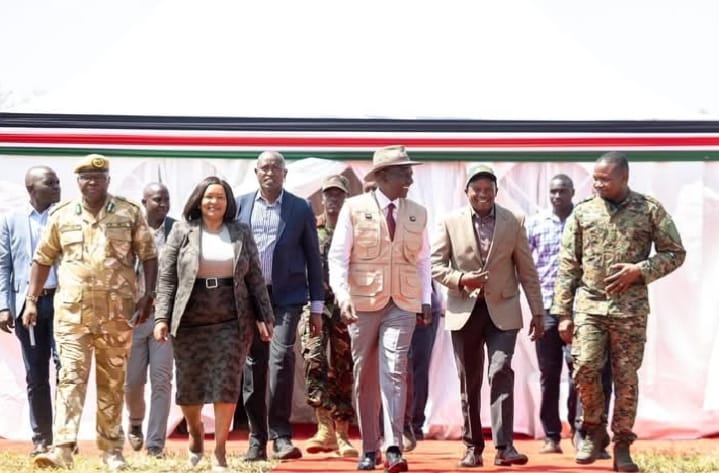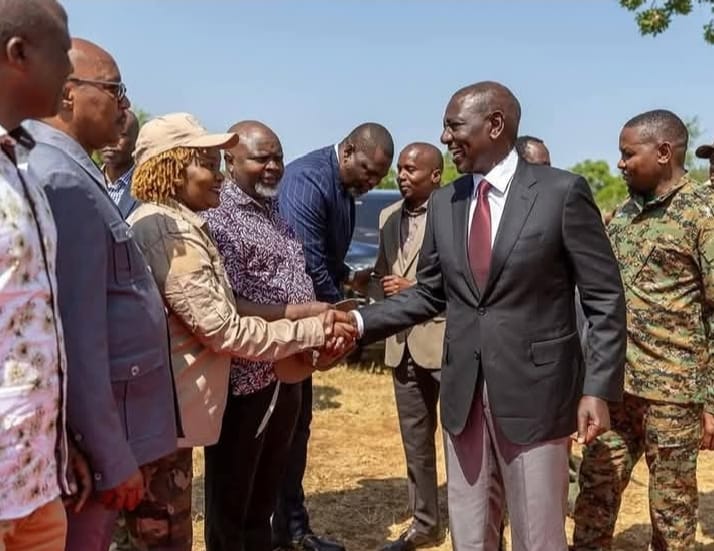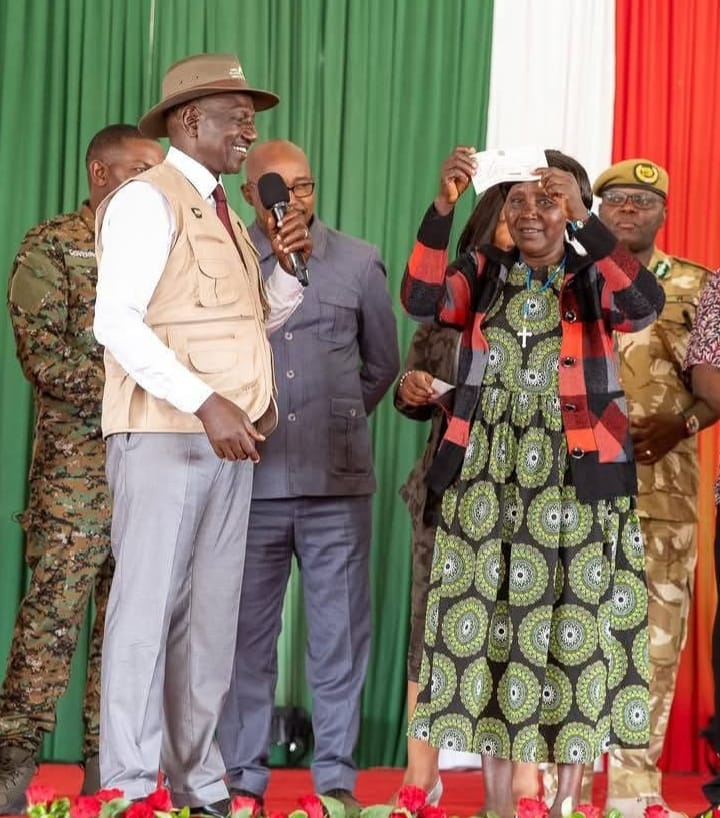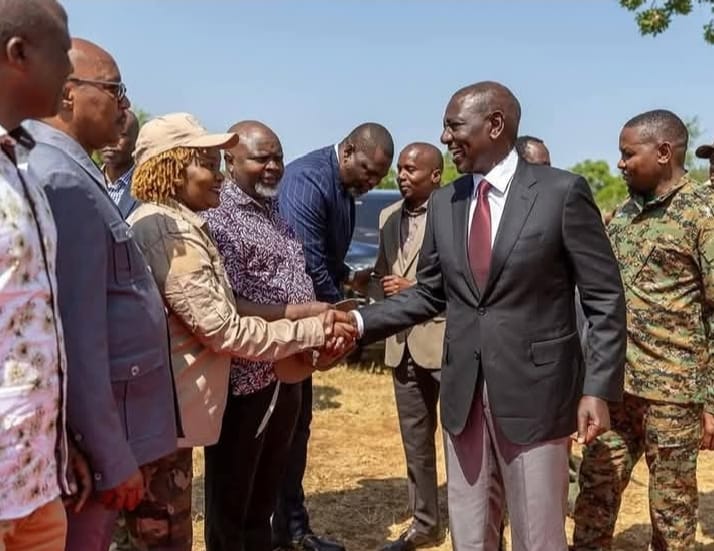By Murugi Ndwiga

In a move that has reignited the national debate over conservation and commercial development, President William Ruto has revealed that the Kenya Wildlife Service (KWS) has greenlit the construction of three hotels within Meru National Park.
This announcement, made during the launch of the Human-Wildlife Conflict Compensation Fund in Meru, positions tourism as a key pillar in the government’s strategy to unlock regional economic potential. However, it also comes at a time when concerns about environmental preservation are intensifying.
“We want to attract more visitors to Meru and support the surrounding communities,” President Ruto stated, emphasizing the importance of involving local investors in the park’s development. His remarks underscore the government’s broader ambition to use tourism as a catalyst for regional growth, while also highlighting the need for inclusive participation from local stakeholders.
The initiative in Meru National Park is part of a wider government campaign to enhance tourism infrastructure across Kenya. Similar developments are reportedly underway in other national parks, as authorities seek to boost visitor numbers and revenue. However, these plans have drawn scrutiny, especially following the controversial suspension of a hotel project in Nairobi’s Ngong Road Forest.

Just days before the Meru announcement, a proposed eco-camp in the protected urban forest was halted after a wave of public outrage. Activists, led by the Green Belt Movement, raised alarms over what they described as the encroachment of critical green spaces. Photos of ongoing construction in the forest triggered a flurry of concern on social media, prompting the Kenya Forest Service (KFS) to call off the project amid demands for transparency.
Environmental advocates warned that allowing commercial developments in protected areas threatens not only wildlife habitats but also vital water catchment zones. In their demand letter to the KFS, the Green Belt Movement called for the identity of the developer behind the Ngong Forest project to be disclosed, stressing the need for accountability in land-use decisions.

Despite the controversy, President Ruto remains focused on enhancing accessibility to the region’s parks. He announced an initial allocation of Ksh250 million for the upgrade of the Meru Mulika Airstrip, aimed at improving connectivity for tourists. “This is just the beginning,” he said. “We will mobilize more resources to fully realize the tourism potential of this region.”
As Kenya charts a path toward economic growth through tourism, the challenge remains: how to balance development with the stewardship of the country’s cherished natural heritage. While the government seeks to open up new opportunities, conservationists continue to urge caution, warning that without clear safeguards and community involvement, such ventures risk doing more harm than good.


Your point of view caught my eye and was very interesting. Thanks. I have a question for you.